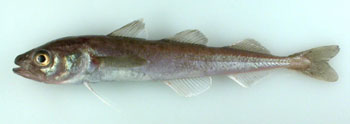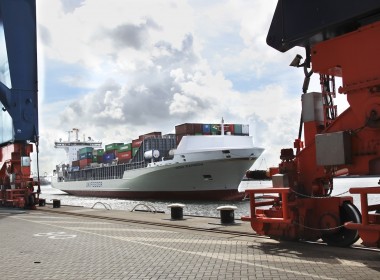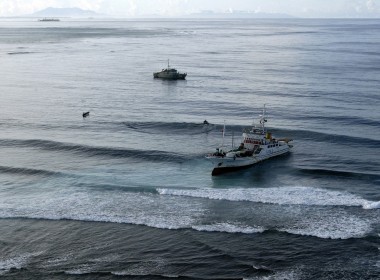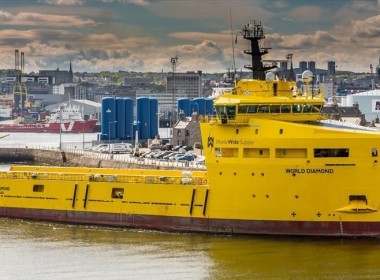Researchers discover new species at UNESCO World Heritage site in Pacific
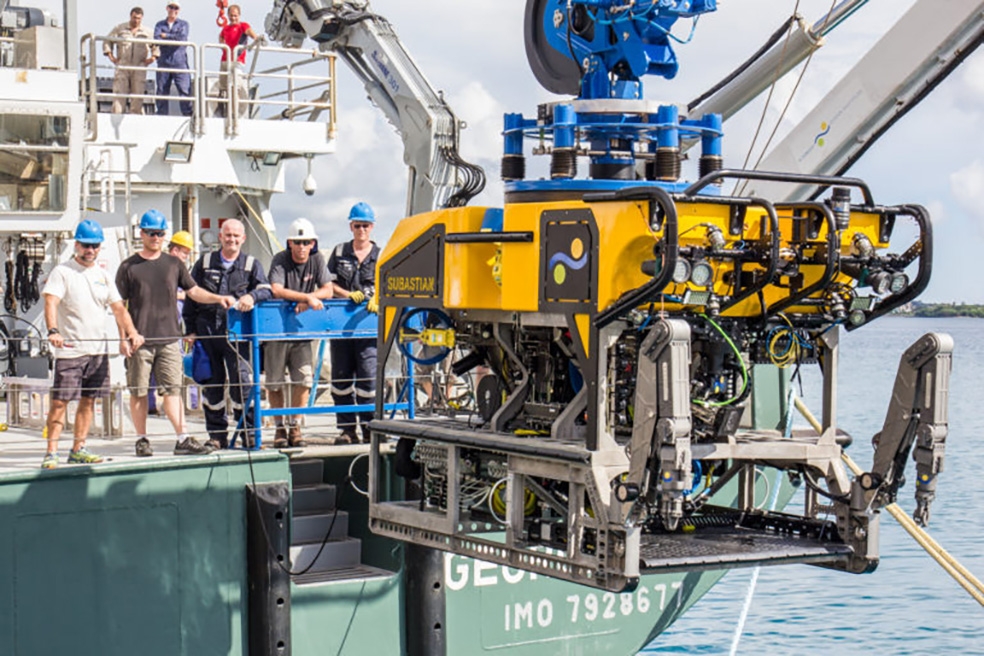
At least two new species of crab and coral have been discovered during 17 underwater robotic dives using remotely operated vessel (ROV) SuBastian in the Phoenix Islands Protected Area (PIPA) in the Pacific.
PIPA, which was added to the UNESCO World Heritage List in 2010, is the world’s largest and deepest heritage site. Located near the island of Kiribati, it was closed to all extractive and commercial activities on January 1, 2015.
The expedition on board Falkor defined the habitat zones of a seamount from the deep sea to the surface for the first time.
Researchers collected the deep-sea specimens by using a soft robotics technology, “squishy fingers”, for adaptive sampling developed by the Wyss Institute and Harvard University and further refined by 3D printing on board while at sea.
The technology on SuBastian allowed the scientists to make new observations of octopus behaviour; and capture one of the deepest records of mantis shrimp observed.
Videos will be held in perpetuity showcasing footage of deep coral reefs, dumbo octopuses and six-gill sharks.
“Despite our intensive exploration of eight previously unmapped seamounts and island atolls, from 2,400 metres to a shallow 100 metres, there was very little evidence of human presence”, said Dr Tim Shank of the Woods Hole Oceanographic Institution.
“We encountered a high biodiversity in these areas and the recent establishment of the protected area can ensure we have important model deep-sea systems for future research.”
The discoveries and dives followed an initial exploration of the western seamounts by the NOAA ship Okeanos Explorer.


